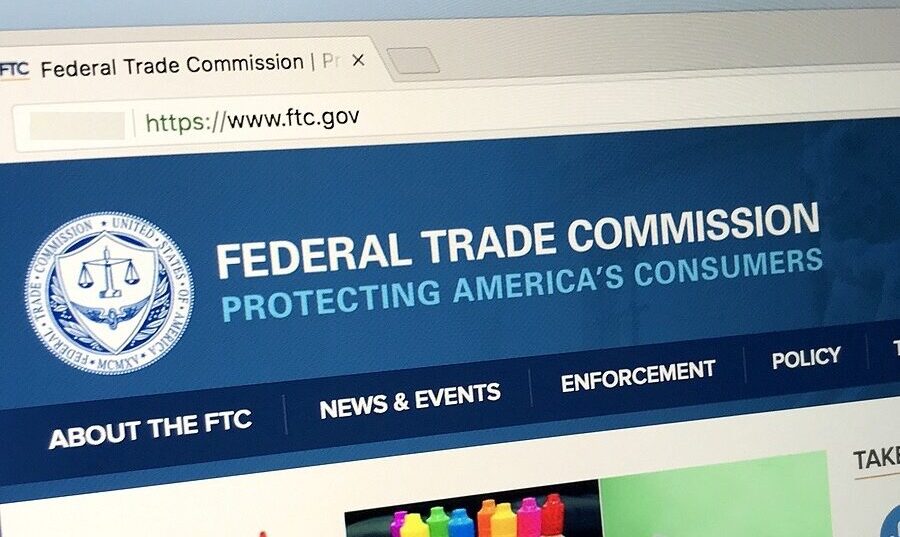
The Keys to Building a Robust Subscription Business
Subscriptions continue to rise in popularity, despite rising subscription fatigue and macroeconomic factors affecting the global marketplace. Subscriptions inherently have a certain level of sustainability and robustness that insulates them from disruption and competition. In a way, subscriptions future-proof businesses, making them an attractive revenue model for many organizations. Subscriptions may be easy to replicate, but it’s much harder to turn them into a robust and successful revenue mo...
HELLO!
This premium article is exclusively reserved for Subscription Insider PRO members.
Want access to premium member-only content like this article? Plus, conference discounts and other benefits? We deliver the information you need, for improved decision-making, skills, and subscription business profitability. Check out these membership options!
Learn more about Subscription Insider PRO memberships!
Already a Subscription Insider PRO Member?
Please Log-In Here!
- Filed in Business Strategy, Scaling, Start Here, Subscriber Only








